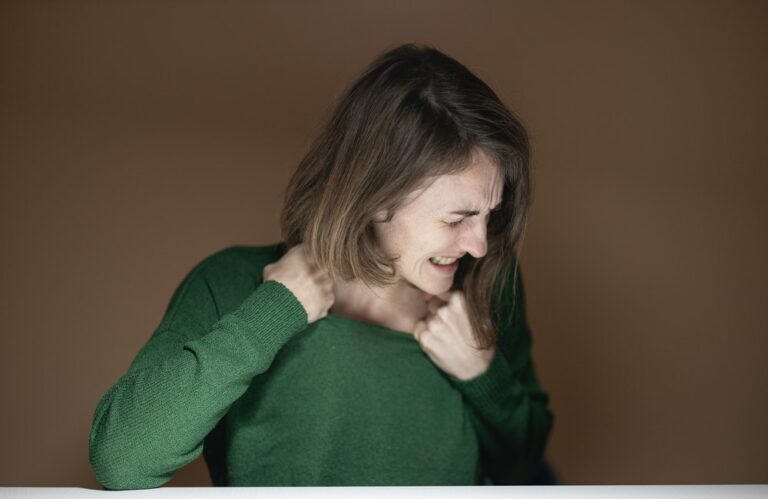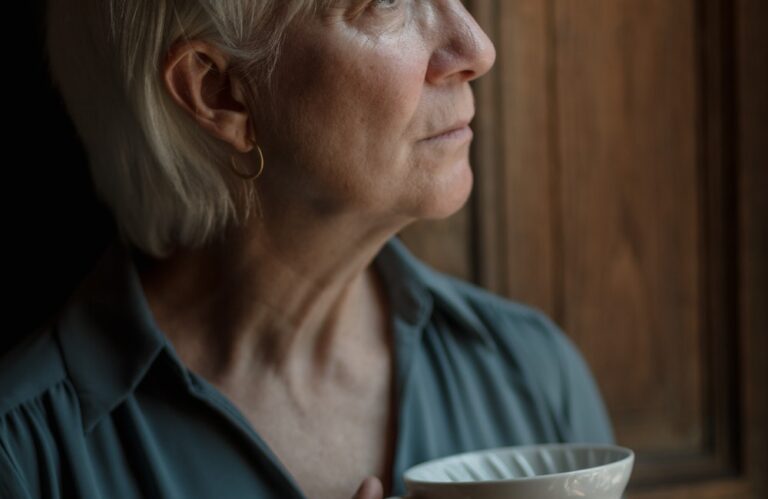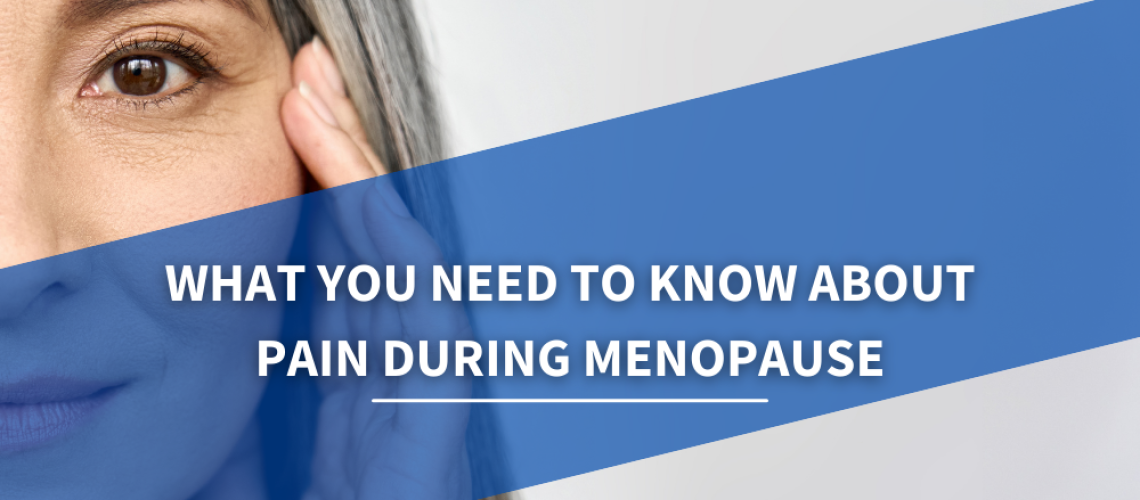What you need to know about pain during menopause
Many women experience aches and pains during the perimenopausal and menopausal chapters of their lives.

Why do my hips hurt during pregnancy?
For some, they are minor symptoms that are annoying but not life-changing, while others may find their aches and pains impair their quality of life.
To understand more, we explain the connection between pain and menopause and look at the ways you can get relief.
The definition of perimenopause and menopause
Let’s start by understanding what the terms ‘perimenopause’ and ‘menopause’ mean.
Menopause refers to the point in a woman’s life that is 12 months after her last period and marks the end of her reproductive years.
According to a recent study (1) that tracked thousands of women, the average age of natural menopause in Canadian women is 51.
Perimenopause is the period of transition leading up to menopause, which can last for several months or years.
What are the symptoms of perimenopause and menopause?
Fluctuations in the hormone estrogen can cause a range of symptoms during perimenopause and menopause. These include:
- Irregular periods
- Disrupted or poor quality sleep
- Hot flashes and night sweats, which can contribute to insomnia
- Mood changes, including anxiety and depression
- Dry vagina due to reduced estrogen levels
- Aches and pains (2) linked to loss of estrogen
More about menopausal pain
Many women suffer from joint pain in menopause and perimenopause because their estrogen levels are reduced. Estrogen has an anti-inflammatory effect, so it follows that when there is less of it in your body, inflammation and pain increase.

Women may typically experience lower back or hip pain in menopause, or in other areas of the body.
This can be one of the most debilitating symptoms of menopause, with emotional as well as physical effects.
What treatments are there for pain during perimenopause and menopause?
There are different ways of managing pain linked to menopause, including practising gentle physical activity, using ice packs or warm compresses, or taking pain medication.
You may also wish to consider osteopathy, a treatment that’s safe, drug-free and effective. This practice uses manual manipulation techniques to address musculoskeletal issues, including joint pain associated with menopause and perimenopause.
Want to know more about osteopathy in Calgary?
If you’d like to find out more about treating pain associated with menopause in a gentle and natural way, reach out to the team at Osteo Health.
Our caring professionals are experienced in helping you to manage menopausal pain and have your complete health and wellbeing in mind.
Call us on 4038140404 or book an appointment online at osteohealthcalgary.janeapp.com to take that first step towards comfortable and healthy menopause!
Approved by Indira Ravaeva. Manual Osteopath. Member of National Manual Osteopathic Society and Osteopathy Australia.
References
1. Costanian C, McCague H, Tamim, H. ‘Age at natural menopause and its associated factors in Canada: cross-sectional analyses from the Canadian Longitudinal Study on Aging,’ Menopause, 2018 Mar;25(3):265-272. doi: 10.1097/GME.0000000000000990.
2. Healthline website, ‘Does Menopause Cause Pain?’ February 16, 2017.
https://www.healthline.com/health/menopause/pain#changes

